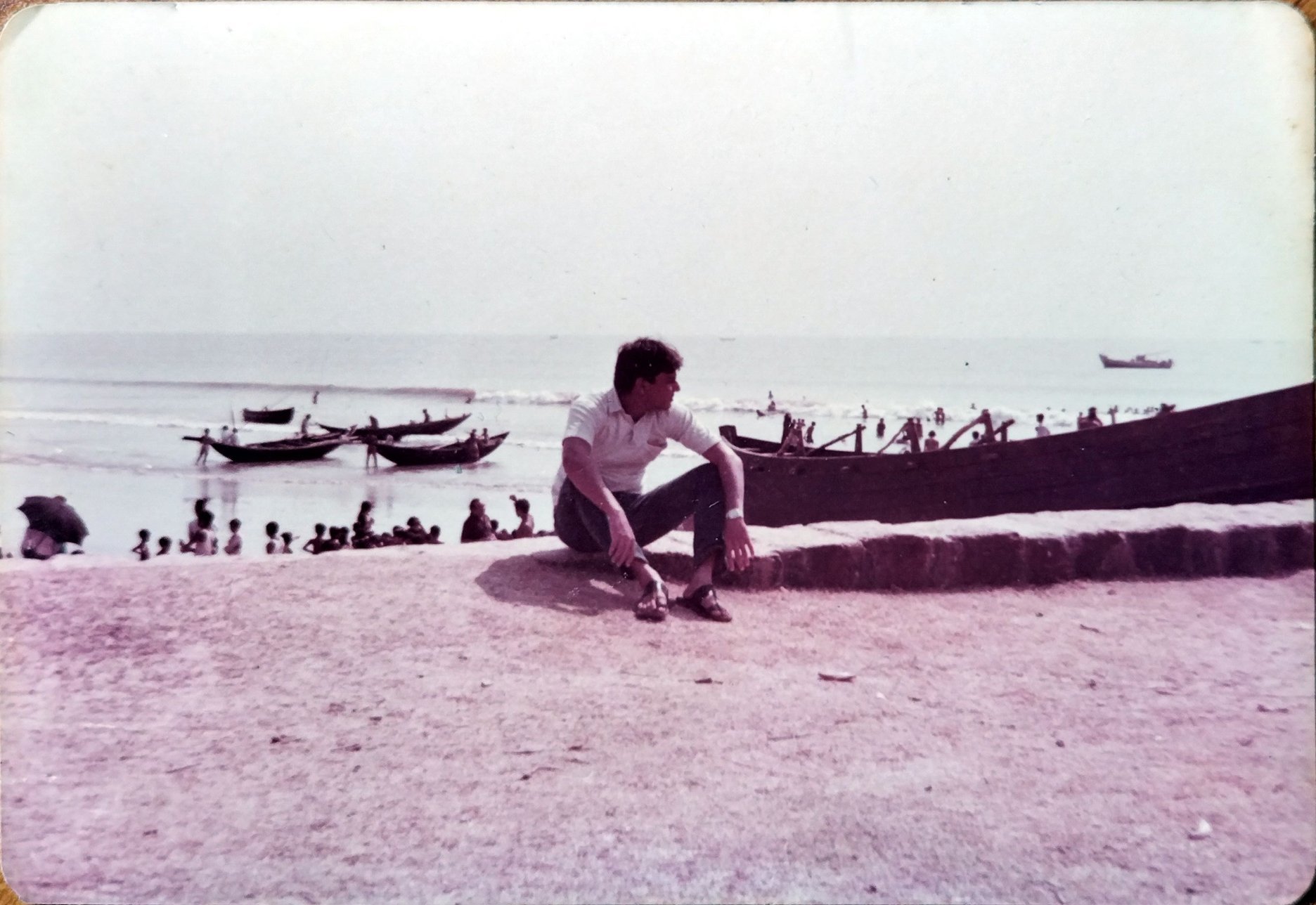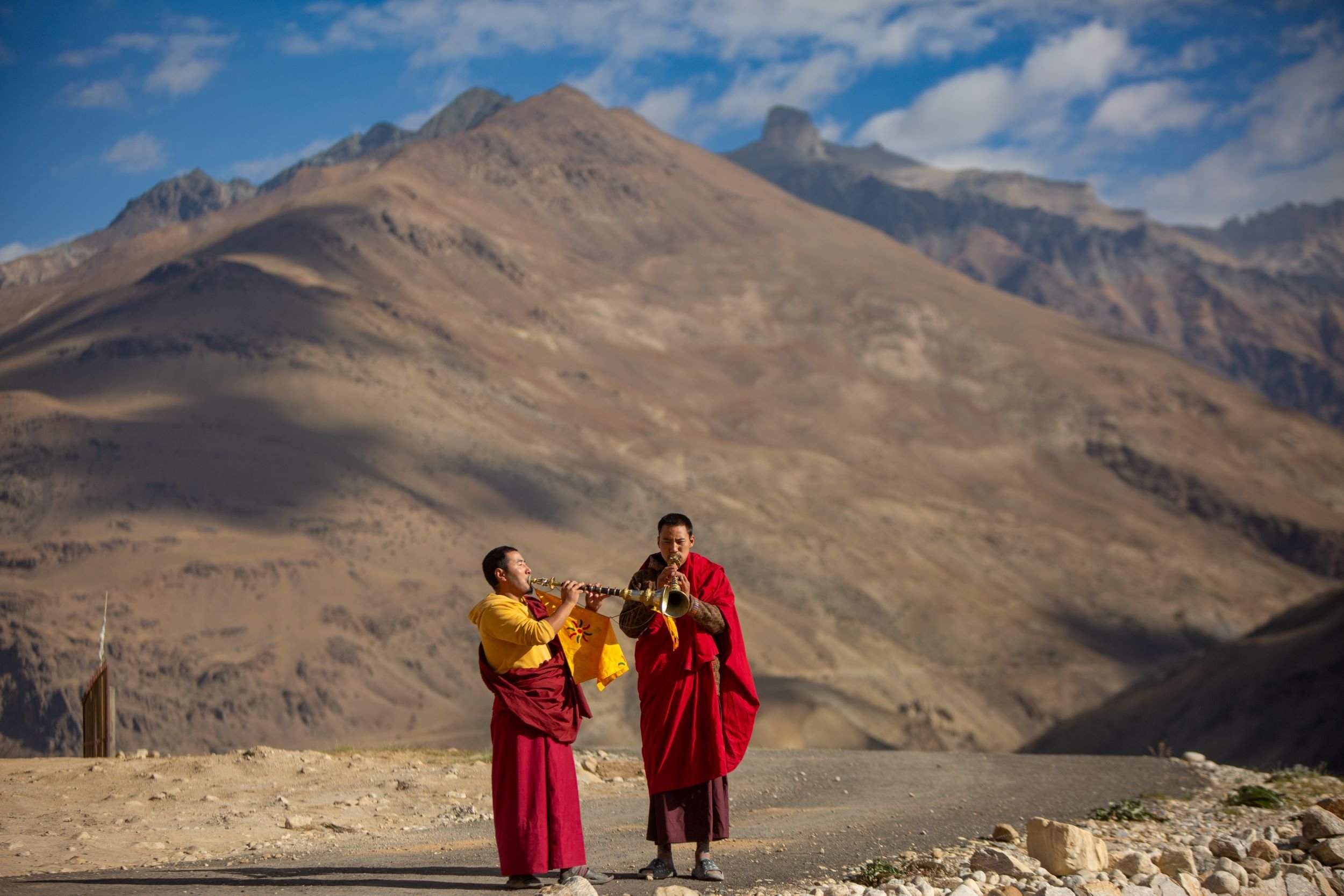Spaghetti? Try the Pasta from Your Own Backyard

Trupti Abhyankar argues that pasta and the therapeutic ritual of making it is very much part of the Indian tradition as well.
Think fresh pasta, and one’s mind travels lazily to the Italian countryside: Somewhere in a rustic kitchen warmed by the Tuscan sun, a pair of sturdy hands is working fresh pasta dough, cracking eggs into a well of flour, bringing it all together with unfailing love and labour. It’s like watching an artist at work, as the dough is rolled, uniformly, to a near-translucent thickness, stuffed and folded into delicate, plump tortellini. Or cut into strands of silky tagliatelle, all under the wrinkled, approving gaze of a feisty Italian nonna.
Whether making pasta by hand, or passing around an Italian family-sized bowl of tagliatelle al ragu (pasta in a tomato and mince sauce), the experience is something to be slowly savoured, shared with those you love. And so, it should come as little surprise that in a culture not very different from that of Italy, abounding with food, family and love, there should exist a ritual of pasta-making, just as elaborate (if not as well-known).
Pasta in India — it almost seems like a misfit, and yet, many of us grew up eating some form of pasta, right here in India. We’re not talking about the 80’s kids and Millenials, no. Pasta has been around for centuries; except, we haven’t thought of it as pasta. But what is sevai, if not similar to the Italian capellini, or as it is popularly called ‘angel-hair’ pasta. A staple in many Indian kitchens, sevai or vermicelli, finds its place in everyday meals and festive delicacies alike. Before MTR brought out sevai in neat little packets, these were pulled and stretched by hand, much like hand-pulled noodles. From sevai upma — a quick, absolutely delicious savoury breakfast dish in south India, to Sheer Khurma — where sevai, dates and milk come together in a fragrant, pistachio studded dessert that is synonymous with Eid-ul-Fitr. We have idiyappam — rice flour dough, shaped into little bundles, steamed and dunked into ishtew, we have have Amritsari vadis — dumplings made with urad dal and spices, sun-dried and cooked with spices, designed to melt in your mouth.
Made from semolina, gavhle come in many different delicate shapes
Image credit: Trupti Abhyankar
A little walk down memory lane led to Ganesh Chaturthi celebrations at an aunt’s home — where, from a ball of dough kept moist under a cloth, I would watch her make gavhle — tiny, grain- shaped bits of semolina and milk dough, rolled between her nimble fingertips, to be dried and turned into kheer as an offering to the deity. Fascinated, I would watch as freshly made gavhle would fall like blossoms, all perfectly shaped, with an expertise that had been acquired over years. Different shapes had different names — maaltya (resembling malati flower petals), botwe — rolled between the index finger and thumb, nakhulya — rolled between the fingertip and flattened with the nail. The ones I was most fascinated by are called fanolya, where the pellet of dough is rolled on the back of a superfine comb. Years later, when I saw gnocchi being rolled on the back of a fork, my mind went straight to its dainty Indian cousin I’d encountered as a child.
Ask any Maharashtrian aaji (grandmother) about gavhle, and she will reminisce fondly, about the times when making them for a festival or wedding was a communal event, where the women of the village would come together, and amidst laughter and song, make several kilos of gavhle by dusk. It is no easy task — the dough dries up quickly, and one needs to be gentle — coaxing the dough into these dainty shapes, which turn into the most comforting bowl of kheer when toasted in a little ghee and simmered with milk, sugar and cardamom.
In yet another state of India that prides itself on its culture of dried and preserved foods, the practice of using sun-dried, hand-shaped dough goes back centuries. Rajasthan’s rich cuisine boasts of dishes like rabodi — maize or jowar flour, cooked in buttermilk with cumin and salt, are rolled into thin sheets and sundried — an artisanal lasagne of sorts. These sheets of rabodi are then turned into rabodi ki subzi in which dried rabodi pieces are simmered in a fragrant yogurt and spice curry, or stir-fried with traditional spices in an onion-tomato masala, to be mopped up with pieces of bajre ki roti. Gatte ki sabzi, a more popular Rajasthani dish of steamed dumplings made with chickpea flour, is in many ways, similar to gnocchi — in the way the dough is rolled, cut, steamed and then cooked with the simplest of ingredients — a sturdy, comforting meal full of bite, flavour, and texture.
Rabodi is made from maize, and is Rajasthan’s answer to pasta
Image credit: Gaurang Bhati
A year ago, as I sat by a streetside trattoria in Bologna, slurping from a bowl of tortellini en brodo (tortellini in broth), each spoonful of al dente pasta and flavourful broth brought me the same comfort I drew back home, from steaming bowlfuls of dal-dhokli, velvet squares of ajwain-flavoured dough simmered in a piping hot dal, fragrant with cinnamon and cloves, made rich and slippery with a dollop of ghee, a Gujarati speciality from my mother’s childhood.
And that’s why food is powerful; it can make you think of cloves and cinnamon in a tiny corner of Italy, and of Italian ravioli when I see my mother cutting up squares of dough for dal-dhokli. Like good literature, food too, opens up windows into kitchens all over the world, while at the same time, holding up a mirror into our own culinary traditions, enabling us to see one in the light of the other.
Find the recipe for gavhle kheer here!
Trupti Abhyankar is from Bombay but wishes she could live in Bangalore instead. She loves food, books and culture, and works as a curriculum and literacy consultant, hoping to make more children fall in love with reading books while drinking her third cup of coffee for the day.
ALSO ON THE GOYA JOURNAL









